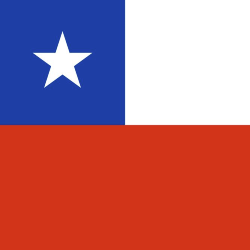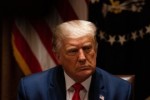Trump issued reciprocal tariffs set to disrupt global trade
On February 13, 2025, President Donald Trump signed a presidential memorandum introducing his new trade policy, marking a significant shift in the United States’ approach to international trade. The plan, known as the “reciprocal tariffs” proposal, aims to counter perceived unfair trade practices by foreign nations, including value-added taxes (VATs) and non-tariff barriers. With the promise of more tariffs to come, this move is expected to create waves across global markets and ignite tensions between the US and its trading partners.
During a press event in the Oval Office, Trump emphasized that the United States would no longer tolerate foreign countries imposing trade restrictions that disproportionately impact American businesses. The premise behind his reciprocal tariff plan is simple: if other nations impose tariffs or taxes on American goods, the US will impose equivalent tariffs in return. This approach seeks to create what Trump called a “level playing field,” where international trade is more balanced and equitable for American industries.
Trump’s decision to broaden the scope of tariffs also includes the US government treating certain non-tariff practices as unfair trade measures. These practices, which encompass value-added taxes (VATs) and various barriers that impede American exports, will be subject to tariffs as well. VATs, which are consumption taxes levied at different stages in the supply chain, have long been a point of contention between the US and its trading partners, particularly in Europe. While VATs are typically seen as “trade neutral” by experts like the Tax Foundation, Trump’s administration believes that these taxes unfairly disadvantage American products and hinder US competitiveness in foreign markets.
Moreover, the new........






















 Toi Staff
Toi Staff Tarik Cyril Amar
Tarik Cyril Amar Jeffrey Bernstein Ph.d
Jeffrey Bernstein Ph.d Gideon Levy
Gideon Levy Belen Fernandez
Belen Fernandez Kersten Knipp
Kersten Knipp Maryam Aldossari
Maryam Aldossari Sabine Kinkartz
Sabine Kinkartz Leonid Ragozin
Leonid Ragozin Maximilian Hess
Maximilian Hess Andrew Mitrovica
Andrew Mitrovica
